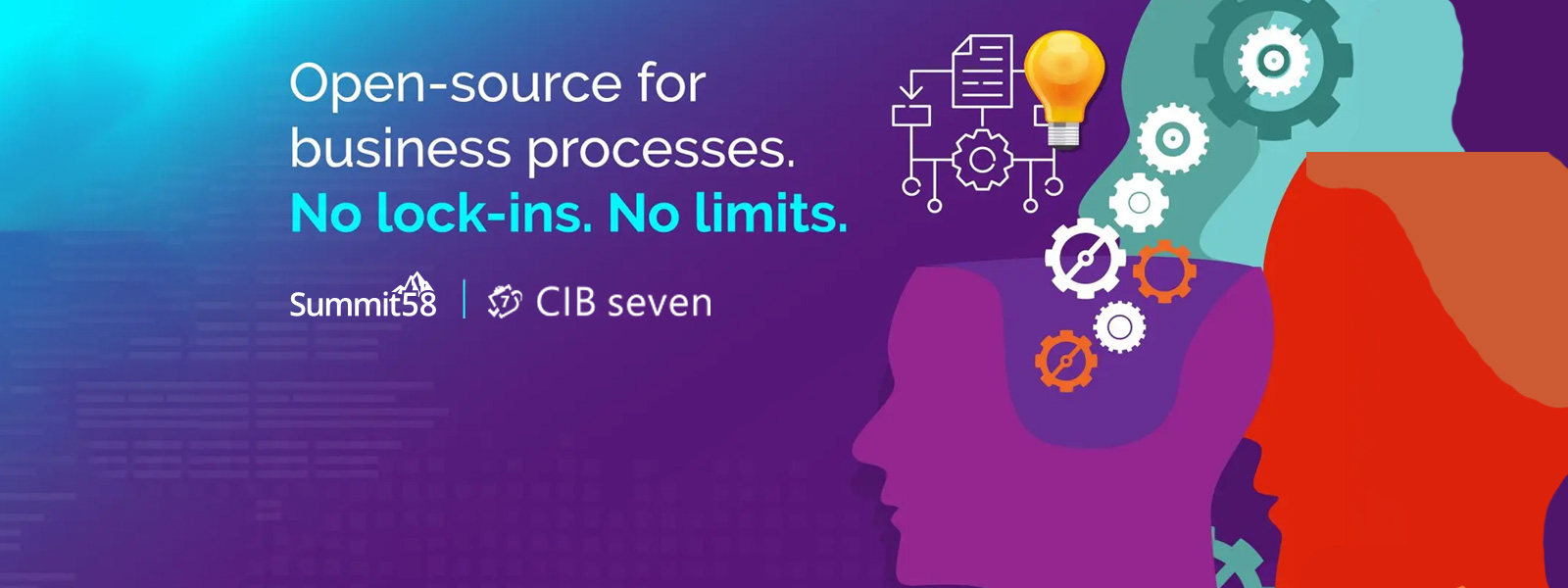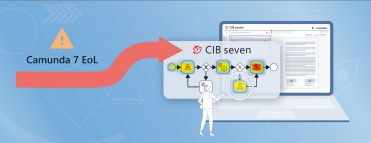Is open-source software secure?
Yes—when it’s professionally maintained and backed by an active community or enterprise-grade support.
While proprietary software keeps its code behind closed doors, open-source projects take a different route. They enable independent developers and security experts to review the code, identify weaknesses, and collectively address them as a community. That openness helps catch bugs early, before they become real problems.
Security standards can also be embedded directly into the development lifecycle. This includes CI/CD pipelines with SAST and DAST scanning, artifact signing, and automated dependency checks.
In the case of CIB seven, you’re not relying on a side project—this is a production-grade BPM engine, with ongoing updates, security patches, and a professional support structure. Its use in highly regulated industries, such as finance and public administration in Germany, demonstrates its operational reliability and technical maturity.
Why choose open-source over proprietary software?
Choosing open source is not just a technical decision—it’s a strategic one:
Greater operational control:
decide when to upgrade, what features to add, and how to scale, without relying on vendor roadmaps.
Faster adaptation:
open-source solutions can evolve quickly, especially with active community involvement, keeping up with new technologies and standards.
Open standards:
ensure seamless integration with other tools and prevent vendor lock-in or “data traps.”
Shared knowledge:
access to real documentation, community insights, and practical use cases accelerates onboarding.
CIB seven brings all of this together while maintaining full compatibility with Camunda 7, reducing migration costs and providing a sustainable & flexible automation layer. It stands out as a powerful open-source Camunda 7 alternative for organizations seeking control, transparency, and long-term support.
Open-Source or Proprietary?
Proprietary software may seem like the safe choice, but it often restricts innovation, makes adaptation more difficult, has strict contracts, and costs can be unclear. An open-source solution with good support provides full access to the code, transparency about its development, the opportunity to participate in its evolution and full digital sovereignty.
With CIB seven you also receive professional guarantees, including long-term support, regular security updates, and enterprise-grade service agreements.
Which Open-Source license is best?
What makes CIB seven stand out?
- Full Camunda 7 compatibility: processes, APIs, and models run without refactoring.
- Smooth migration: includes automated scripts plus support for PostgreSQL, MySQL, H2, and other common relational databases.
- Modern interface: includes its Tasklist, Cockpit, and Admin applications with advanced filtering and search capabilities.
- Flexible deployment: runs on Java EE, Spring Boot, Docker, Kubernetes, and Quarkus.
- Batch processing: execute background tasks concurrently, without blocking the engine.
- Full support for external integrations: connect external systems regardless of language or environment, with error control and scalability.
- Community- and market-driven growth: a roadmap aligned with Camunda 7 Enterprise features funcoes Enterprise, including process instance migration, historical logs, and more (planned for 2025).
Is CIB seven the best alternative to Camunda 7 for your team?
CIB seven is a good choice if your organization:
- Still uses Camunda 7 and doesn’t want to migrate to Camunda 8.
- Wants to preserve existing process models without a full rewrite.
- Needs a stable, open automation platform with long-term viability.
- Aims to eliminate licensing costs and vendor lock-in.
- Values open source backed by professional-grade support.
If you’re looking for an alternative to Camunda 7, CIB seven delivers compatibility, flexibility, and long-term support—without lock-in.





